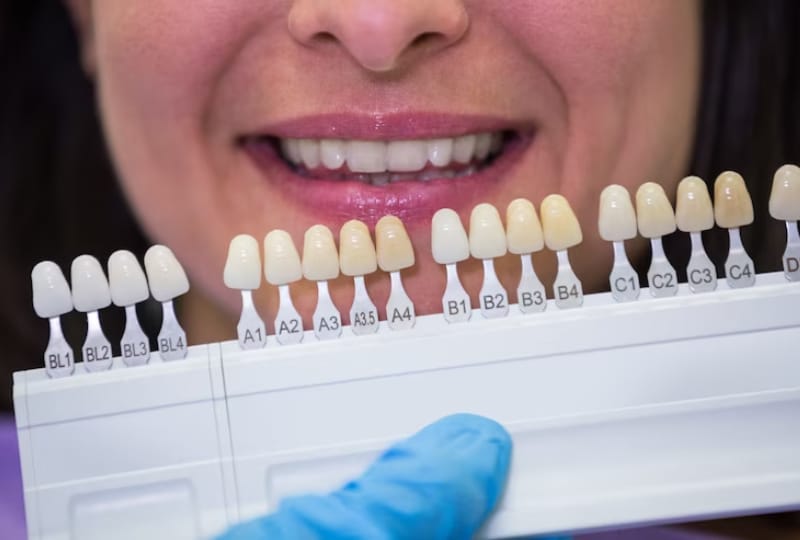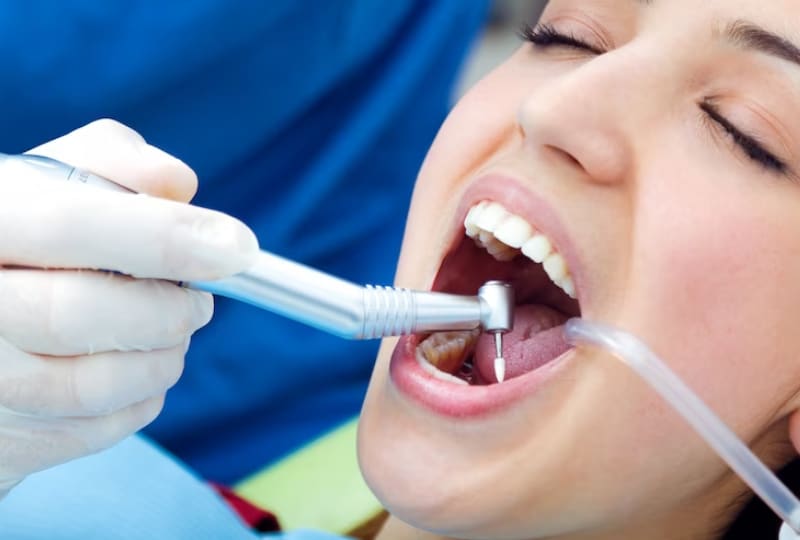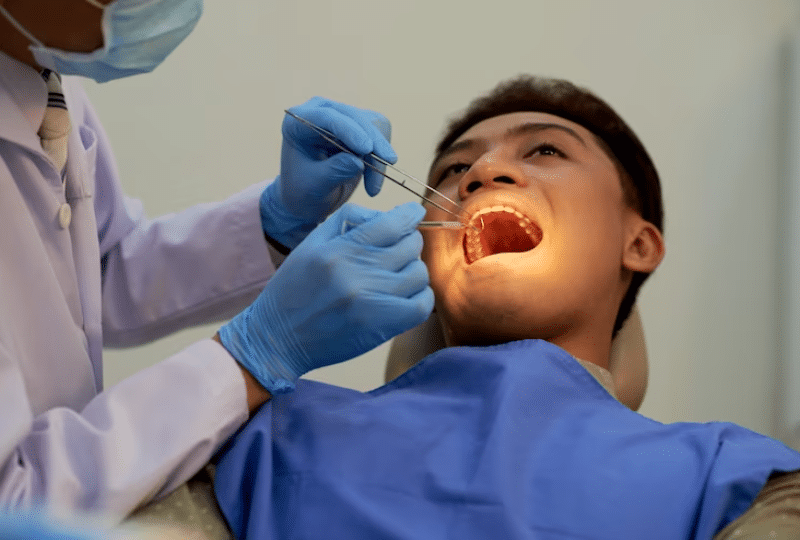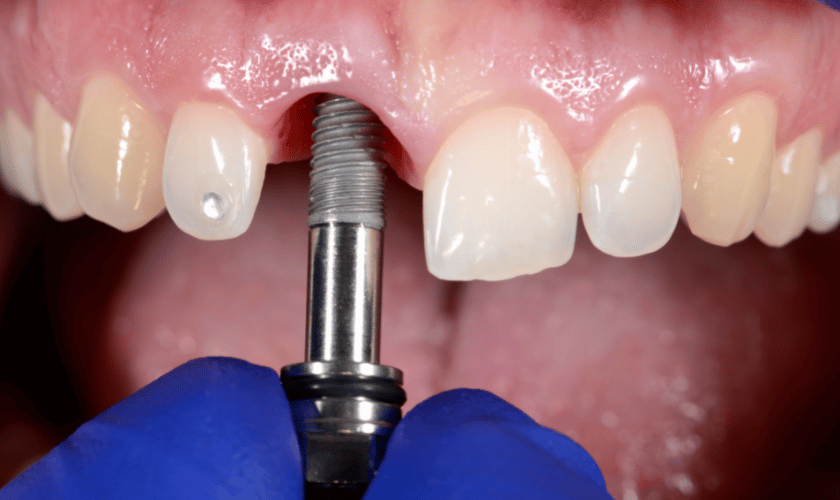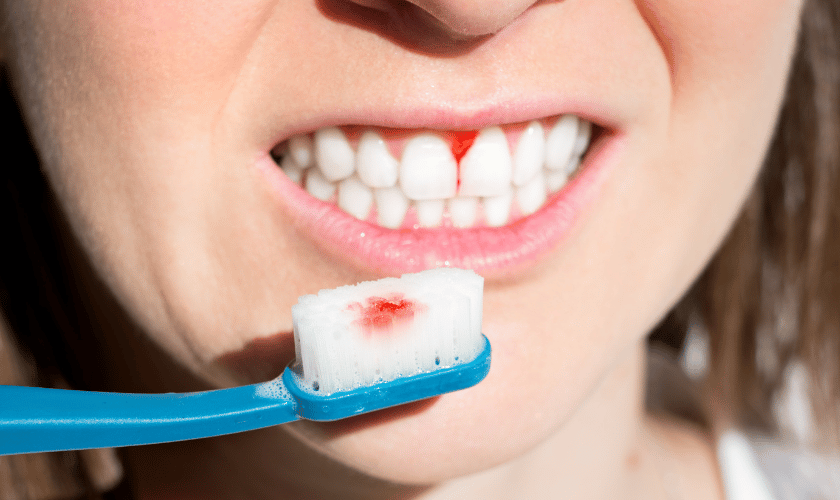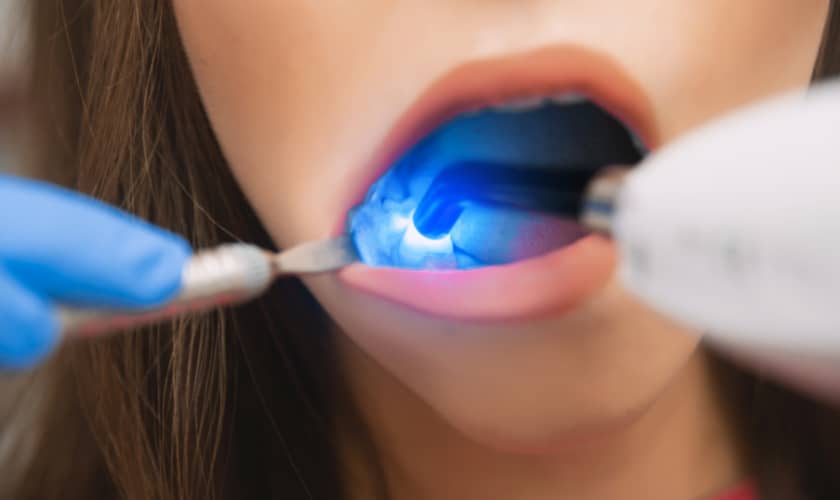Are you considering cosmetic dentistry, but hesitant about the potential outcomes? It’s understandable to have concerns, but let us put your mind at ease. In this post, we’ll explore seven things that might happen after getting cosmetic dentistry. From boosting confidence levels to improving oral health and much more, these changes can be life-changing in ways you may not have imagined! So sit back and read on as we take a closer look at what could be possible for your smile with cosmetic dentistry.
Cosmetic Dentistry?
Cosmetic dentistry can give you the smile you’ve always wanted. But there are some things that might happen after getting cosmetic dentistry that you should be aware of. Here are four things that might happen after getting cosmetic dentistry:
Source: Scientific Animations
5 Things That Might Happen After Getting Cosmetic Dentistry
It is expected that your smile and facial aesthetics will go through several changes after cosmetic dentistry treatment. The things that might happen are:
1. Improved Smile
A beautiful smile can be life-changing, and that’s what cosmetic dentistry is all about. Whether you’re looking to get rid of stained teeth, close gaps, or achieve any other aesthetic goal, there are plenty of procedures that can help. And while the results are definitely worth it, there are also a few things that might happen after getting cosmetic dentistry that you should be prepared for.
For one, your teeth may become more sensitive. This is especially common after procedures like teeth whitening or enamel contouring. While the sensitivity is usually temporary, it can be quite uncomfortable.
2. Improved Self-Confidence and Increased Self-Esteem
It is common for people to feel a boost in confidence after getting cosmetic dentistry. This is because they finally have the smile that they have always wanted and they no longer have to feel self-conscious about their teeth. Additionally, many people find that their overall appearance improves after getting cosmetic dentistry, which can also lead to an increase in confidence.
3. Improved Oral Hygiene
If you are considering getting cosmetic dentistry, one of the things that you may be looking forward to is improved oral hygiene. Here are a few things that you can expect after you get your cosmetic dentistry:
After getting cosmetic dentistry, you may notice that your teeth and gums are healthier. This is because cosmetic dentistry can help to improve the overall health of your mouth.
4. Reduced Pain from Sensitive Teeth and Gums
If you have sensitive teeth or gums, you know how much of a pain they can be. You may have trouble eating certain foods, and brushing your teeth can be downright painful. But did you know that getting cosmetic dentistry can actually help reduce the pain from sensitive teeth and gums?
It’s true! Because cosmetic dentistry can improve the alignment of your teeth, it can also help reduce the pressure on your gums that can cause pain. In addition, if you have any tooth decay or other issues with your teeth that are causing sensitivity, getting cosmetic dentistry can help address those issues and reduce your pain.
So if you’re considering getting cosmetic dentistry, don’t let sensitive teeth or gums hold you back. You may be surprised at just how much it can help reduce your pain!
5. Improved Emotional Health
It’s not just your physical appearance that can be improved with cosmetic dentistry. The psychological benefits of a winning smile should not be underestimated. Whether your goal is to whiten your teeth, straighten your teeth, or replace missing teeth, the end result can be an improvement in your emotional health.
A study published in the International Journal of Oral & Maxillofacial Implants found that patients who underwent dental implants reported increased self-esteem and confidence. Other studies have shown that people who are unhappy with their smiles are more likely to suffer from depression and anxiety.
All in all, cosmetic dentistry offers many benefits that can be life-changing. It is important to keep in mind the potential side effects of any procedure and talk to your dentist before making a decision. With these seven potential outcomes, you are now aware of what might happen after getting cosmetic dentistry work done on your teeth. We hope this article has given you insight into the possible consequences so that you can make an informed decision about whether or not it is right for you.


